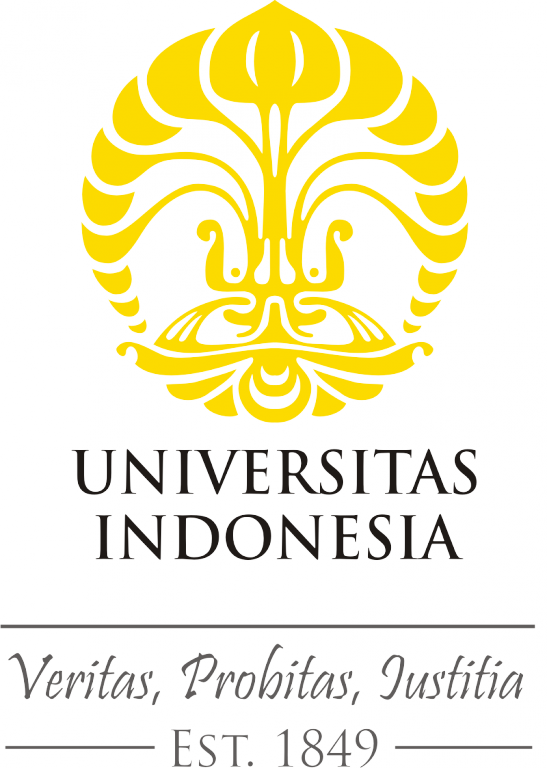
Universitas Indonesia


| Call Number | SEM-212 |
| Collection Type | Indeks Artikel prosiding/Sem |
| Title | Studying Overheads in Massively Parallel Min/Max-Tree Evaluation (Extended Abstract) |
| Author | Rainer Feldmann and Peter Mysliwietz and Burkhard Monien; |
| Publisher | 6th Annual ACM Symposium on Parallel Algorithms and Architecture |
| Subject | |
| Location |
| Nomor Panggil | ID Koleksi | Status |
|---|---|---|
| SEM-212 | TERSEDIA |
In this paper we study the overheads arising in our algorithm for distributed evaluation of Min/Max trees. The overheads are classified into search overhead, performance loss, and decrease of work load. Several mechanisms are investigated to cope with these overheads in order to achieve a high per- formance. We study a combination of local, medium range, and global load distribution strategies that does not only show a good behavior in terms of work load, but also has a positive influence on the search overhead. The efficient use of a virtual shared memory, that is distributed among the shows also a big contribution to the overall per- processors, formance of the system. A carefully restricted application of parallelism using an improved version of the Young Broth- ers Wait Concept (YBWC) leads to a perfect behavior for minimal Min/Max trees and to a quite low search overhead, if well ordered trees are searched. Well ordered trees consti- tute the most important case in practice, since a couple of move ordering mechanisms are known that achieve a nearly optimal move ordering in many applications. The resulting combination of the methods shows an effi- ciency better than any previous approach. Experiments car- ried out using 256 DeBruijn-connected Transputers result in a speedup of 142 even applying restricted timing constraints. With a system consisting of 1024 grid connected Transput- ers we obtain a speedup of 344. Moreover the algorithm shows a very good scalability, especially using interconnec- tion networks with logarithmic diameter. The experiments have been carried out using a Min/Max search program that incorporates all important state-of-the- art search techniques (ZUGZWANG, current vice world cham- pion in computer chess) and therefore makes sure, that no artificial or simplifying assumptions on the structure of the problem are made.